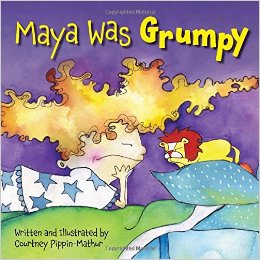Cameray and
The Burnaby Early Childhood Development Table
Book of the Month: Mine! Mine! Mine!
 Mine! Mine! Mine! is a children’s story by Shelly Becker about a girl named Gail who doesn’t like to share. The illustrations by Hideko Takahashi are bright and have soft lines too, which makes it visually appealing. The story fits well with our monthly theme of childcare because it follows Gail as she learns how to share with her cousin Claire. Learning to share doesn’t come easy for Gail. When Claire starts playing with Gail’s teddy bear and tea set, Gail gets angry and takes the toys away. When Gail’s mom explains to Gail the importance of sharing toys with others, the story takes a funny turn as Gail decides to share old, dirty things she doesn’t care about. Gail’s mom notices this sneaky move and teaches Gail that to become a “pro” at sharing, you have to share some things you hold dearly.Continue reading
Mine! Mine! Mine! is a children’s story by Shelly Becker about a girl named Gail who doesn’t like to share. The illustrations by Hideko Takahashi are bright and have soft lines too, which makes it visually appealing. The story fits well with our monthly theme of childcare because it follows Gail as she learns how to share with her cousin Claire. Learning to share doesn’t come easy for Gail. When Claire starts playing with Gail’s teddy bear and tea set, Gail gets angry and takes the toys away. When Gail’s mom explains to Gail the importance of sharing toys with others, the story takes a funny turn as Gail decides to share old, dirty things she doesn’t care about. Gail’s mom notices this sneaky move and teaches Gail that to become a “pro” at sharing, you have to share some things you hold dearly.Continue reading







